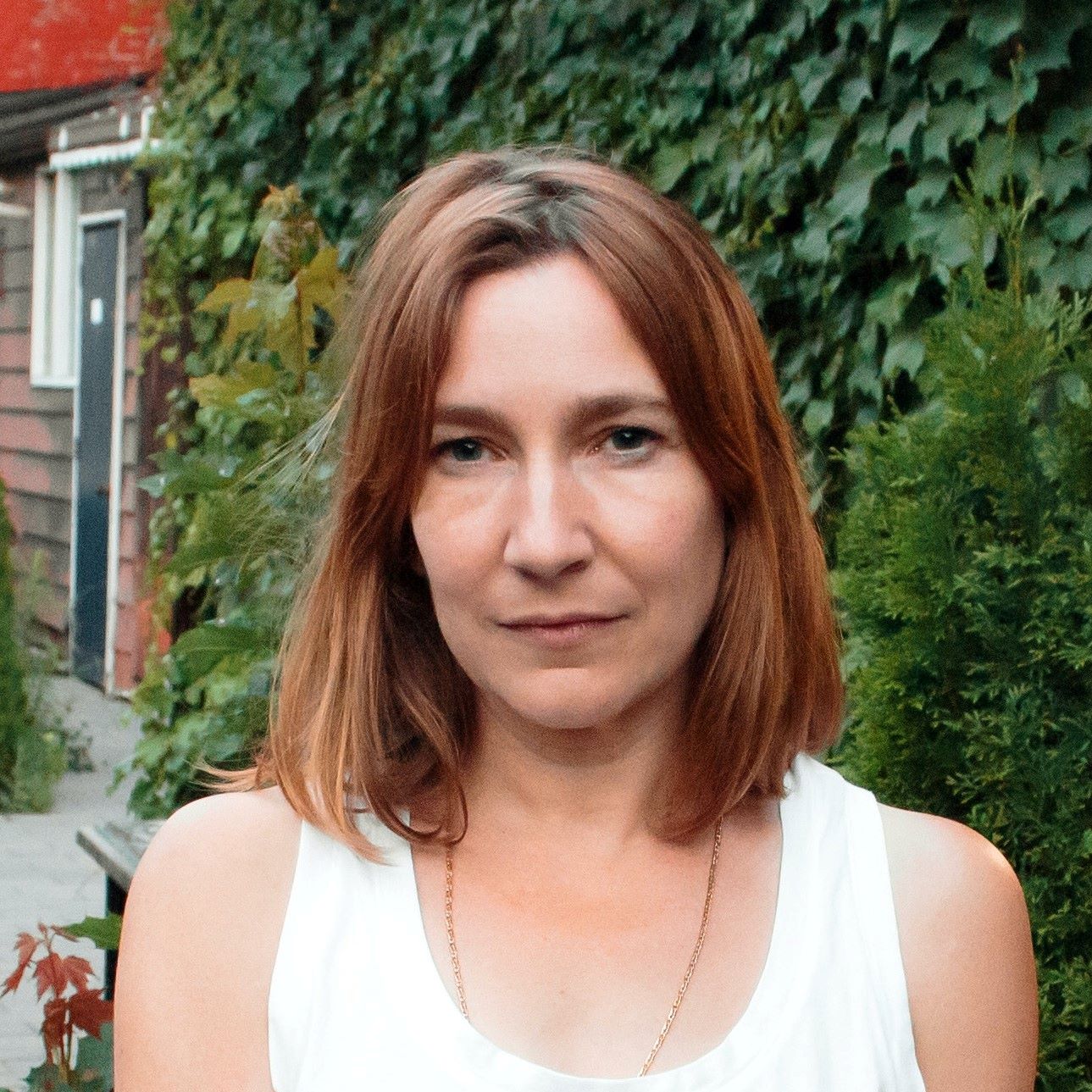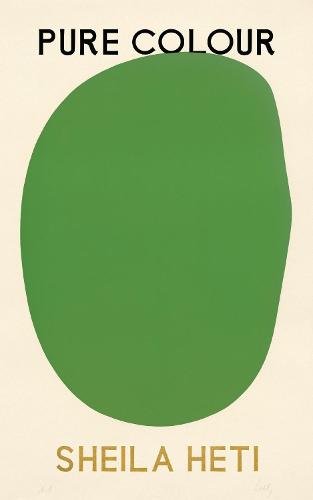Pure Colour
Sheila Heti
The Judges said:
Near miraculous. Heti finds emergent ways to speak into the spirit of creation, devotion, and transformation.
—
Here we are, just living in the first draft of creation, which was made by some great artist, who is now getting ready to tear it apart.
In this first draft, a woman named Mira leaves home to study. There, she meets Annie, whose tremendous power opens Mira’s chest like a portal – to what, she doesn’t know. When Mira is older, her beloved father dies, and she enters that strange and dizzying dimension that true loss opens up.
Pure Colour tells the story of a life, from beginning to end.
Published by Harvill Secker
Sheila Heti is the author of ten books, including the novels Motherhood and How Should a Person Be?, which was longlisted for the Women’s Prize for Fiction. She was named one of the ‘New Vanguard’ by the New York Times book critics, who, along with a dozen other magazines and newspapers, chose Motherhood as a best book of the year. She lives in Toronto and Kawartha Lakes, Ontario.
—
Five Questions for Sheila Heti
At what age did you know you wanted to become a writer?
I knew it in different ways at different ages. For instance, in grade three we made books in class, and it was the most engaged I ever felt in anything I had ever done, and I remember caring very much, and being very upset about the typos, and wanting to be a writer of books then.
What was your favourite childhood book?
That Scatterbrain Booky, a chapter book by Bernice Thurman Hunter, which I later learned was autobiographical. It was the story of a girl growing up in Toronto in the Great Depression. I read it many times and even auditioned to play Booky in a play based on the book that was being staged at a popular children’s theatre in downtown Toronto. I didn’t get the part, though. Sarah Polley did.
Which is your favourite book of recent years?
I really loved Second Place by Rachel Cusk. I have read it three times and each time was a completely different experience. The first time I read it, I was almost disappointed. I’m not sure why. Perhaps it didn’t accord to any of my hopes or expectations. But now I think it’s magic and it’s maybe my favourite of her books.
What three books would you take to your Desert Island?
I would take a book of photographs of human faces, because I would miss faces, alone on an island. I’m not sure which photographer I would choose. Maybe Thomas Struth’s family portraits. I would take Faust with the German on one side and the English on the other, so I could learn German as well as re-read Faust. If I could bring a pen, then the last book would be a blank book, because I would want to write down what I was seeing and thinking. If not, then a book of mind puzzles and logic games. I don’t think I’d want to bring a novel. The idea of having to learn to hate my favourite book, to have to read the same story over and over and over again, feels nauseating.
Who or what have been your most important influences?
My friendships. Learning from Anne Yeoman and Robert Gibbs at the University of Toronto, thinking about the art of Manet and Delacroix. The collection of The Paris Review interviews I found at a used bookstore in Toronto when I was young, which taught me how to turn myself into a writer; in particular, the interview with Jean Cocteau.


